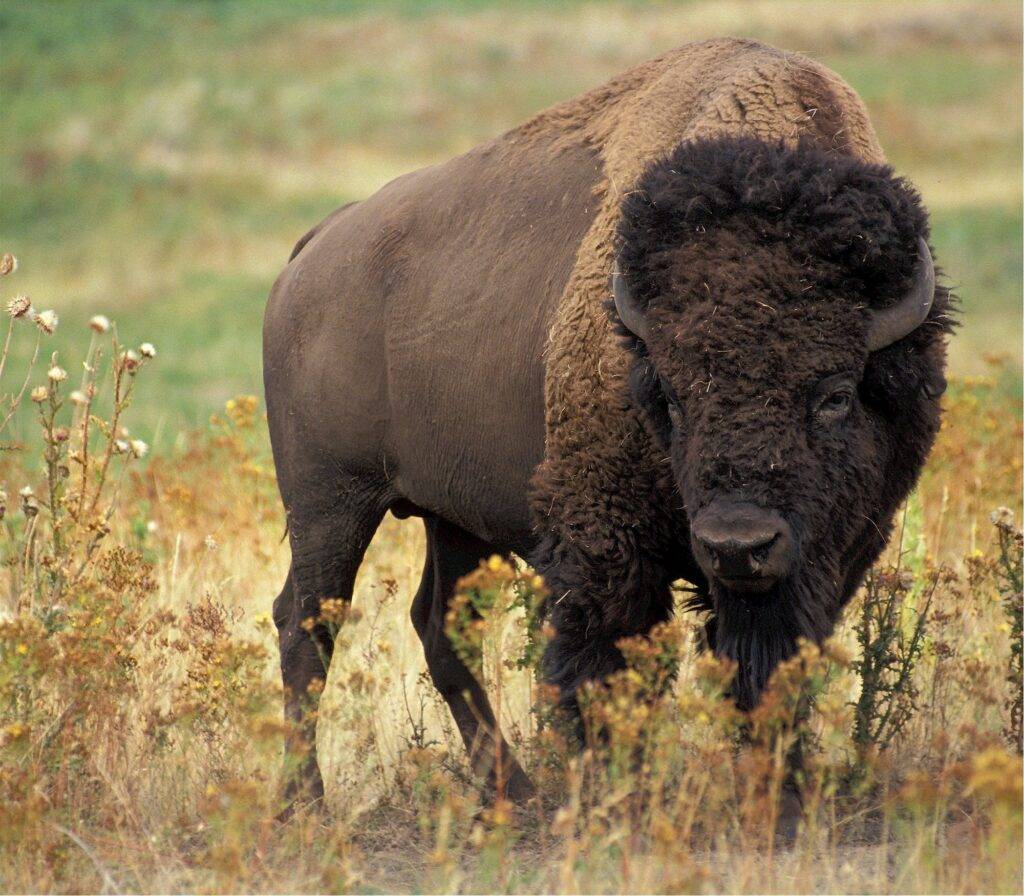Unlocking the Bison Industry: From Historical Significance to Thriving Modern Market – Explore the Role of Bison, Current State, Key Players, and Global Impact
Bison Meat Industry Analysis: Growth, Challenges, and Opportunities
Introduction: Explore the thriving bison industry with our comprehensive report, covering its rich history, current status, key players, market trends, obstacles, and growth prospects. Bison, once teetering on the brink of extinction, now represent a symbol of successful conservation and an expanding agricultural sector poised for further development.
Historical Overview: Discover the pivotal role bison played in North America’s history, especially among Indigenous communities. European settlement nearly drove them to extinction, but through conservation efforts and the rise of the bison industry, they have made a remarkable recovery.
Current State of the Bison Industry: Dive into today’s bison industry, which includes bison ranching, meat production, and the sale of various bison-related products.
Key Statistics of The Bison Meat Industry
- Bison Population: Over 500,000 bison now roam North America, primarily on private ranches.
- Bison Meat Production: Bison meat’s popularity, known for its leanness and flavor, continues to rise, serving both domestic and international markets.
- Bison Products: Explore the array of products beyond meat, including hides, skulls, and clothing made from bison wool.
Key Players in The Bison Industry
- Bison Ranchers: Individuals and businesses dedicated to bison raising for meat production and other products.
- Processing Facilities: Learn about meat processing plants handling bison slaughter and processing.
- Retailers: Discover restaurants, grocery stores, and online retailers offering bison meat and related products.
- Conservation Organizations: Explore groups committed to preserving bison and their habitats.
Key Bison Producing Countries
While the majority of bison production occurs in North America, specific countries have prominent bison industries:
- United States: The United States boasts the largest population of bison in North America, with many ranches dedicated to bison breeding and meat production. Notable companies in the U.S. bison industry include:
- Ted’s Montana Grill: A restaurant chain founded by media entrepreneur Ted Turner, known for serving bison burgers and promoting bison conservation.
- NorthStar Bison: A leading bison meat producer and distributor, offering a wide range of bison products.
- Canada: Canada is another major player in the bison industry, with a substantial bison population and a growing demand for bison products. Prominent Canadian companies include:
- Canadian Rangeland Bison & Elk: A well-established company specializing in bison and elk meat production.
Related: Top 5 Meat Brands in the USA 2023
Market Dynamics: Explore the factors shaping the bison industry’s growth and transformation
- Consumer Demand: Rising interest in sustainable and lean meat options drives demand for bison meat.
- Health Benefits: Bison meat’s nutritional advantages, such as lower fat and higher protein content compared to beef, attract health-conscious consumers.
- Conservation Connection: Learn how bison ranching aligns with conservation efforts, appealing to environmentally aware consumers.
Challenges and Opportunities in The Bison Industry
- Limited Infrastructure: Overcoming infrastructure gaps and processing facility shortages is essential for industry expansion.
- Regulatory Complexities: Navigate the varying regional regulations governing bison ranching and processing.
- Market Competition: Find out how the bison meat market competes with other protein sources, including beef, chicken, and plant-based alternatives.
Related: Bison Meat Industry Council
Conclusion
The bison industry, once on the brink of extinction, is now a promising sector in agriculture and conservation. As consumers prioritize sustainability and nutrition, the bison industry is well-positioned to capitalize on these trends. Addressing challenges related to infrastructure, regulations, and competition will be crucial for sustained growth and success in the years ahead.
Related: Top 10 Meat Councils in the United States





